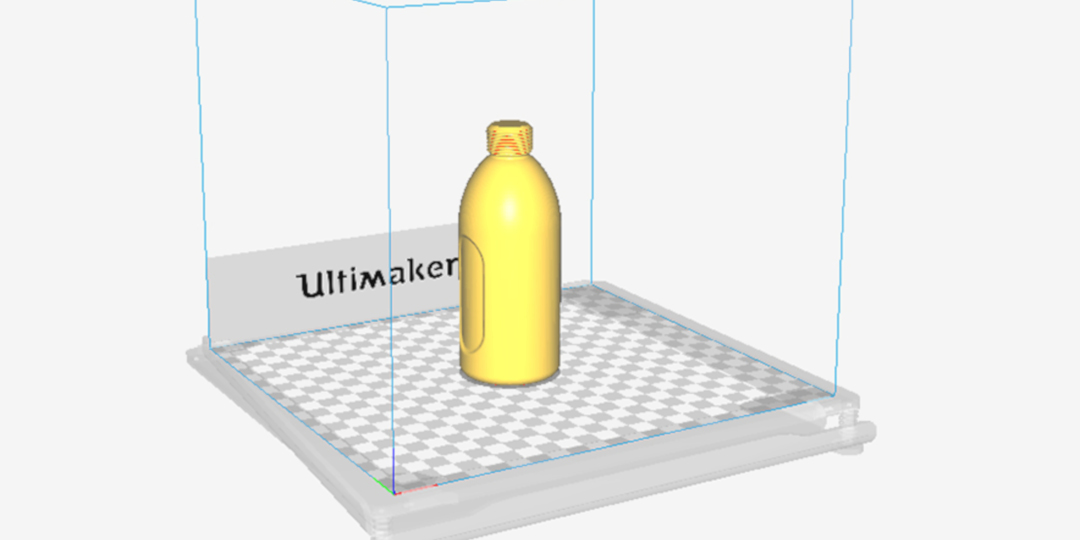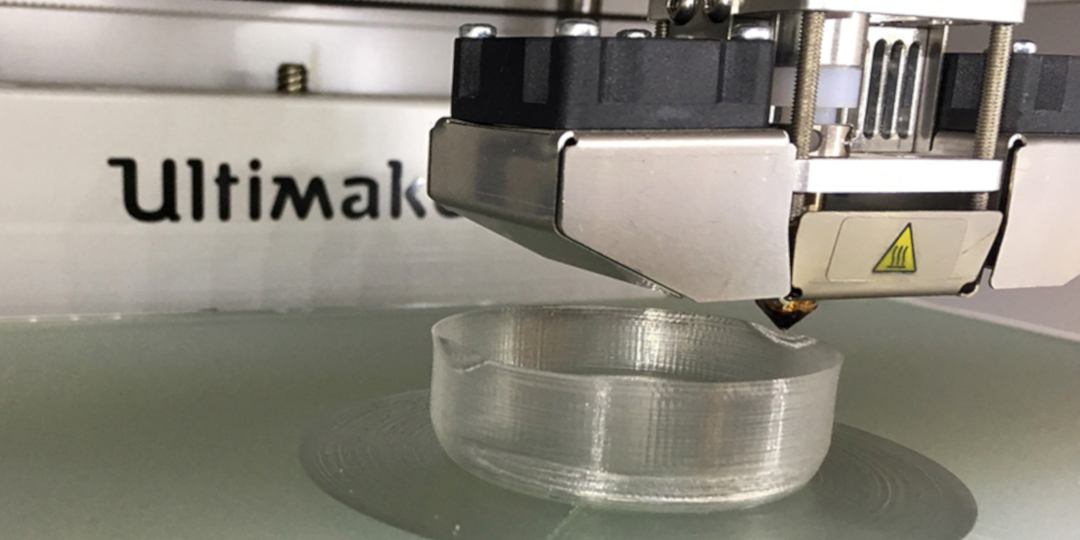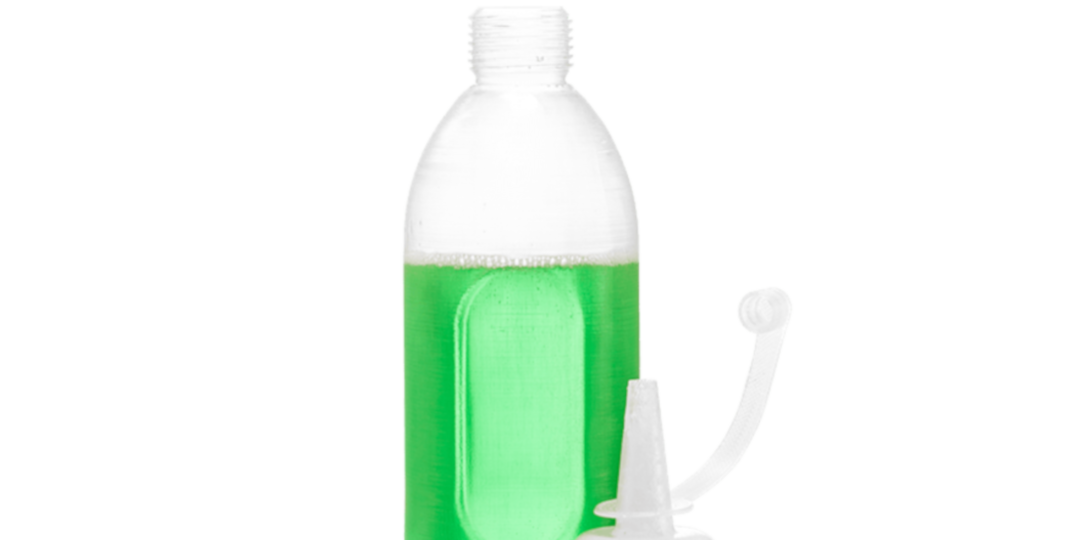PP (also known as Polypropylene) is the newest material in the Ultimaker range. Despite being one of the most used plastics in the world, it can be hard to use for 3D printing. With Ultimaker’s optimized PP filament and these helpful tips, you’ll be ready to start exploring the possibilities of this material.
So, what’s special about PP? It has a lot of valuable properties which make it a versatile material. Perhaps top of the list is its exceptional fatigue resistance and toughness. PP doesn’t lose form or function from repeated bending and is almost impossible to break, so it is a great choice for 3D printing living hinges.
Think of the hinge on a bottle cap – chances are it is made of Polypropylene. With good chemical and water resistance as well, it’s widely used to manufacture containers for storing liquids. But we don’t recommend 3D printing products for food or drink as Ultimaker 3D printers are not designed to be food-safe.
Getting a perfect PP print
Let’s take a look at how we got the best results using PP to 3D print a container made up of three parts: a bottle, nozzle and cap.
For the bottle part of the print we used one of Cura’s special modes – Spiralize Outer Contour. Rather than building your model up in separate layers, this mode gradually moves the build plate down while the nozzle travels as if it was printing a single, continuous layer.
This “spiral” effect means your PP bottle will have no seam as it is built up in one continuous motion.
The thin, single layer wall means that the bottle will be flexible and squeezable, taking advantage of PP’s properties.
If you need a completely watertight model and you find you have one or two small leaks, you can fix them with a soldering iron. Or alternatively print your model with a slightly thicker wall for a more reliable watertight seal.
This is the only custom setting we used in Cura for this model. For all other settings on the bottle and for printing the nozzle and cap, we used the Fine (0.1 mm) quality profile for PP and let Cura do the rest.
You will see that Cura creates a much larger brim around your model when printing with PP than other materials. This is to help with build plate adhesion and can be removed later with scissors or a knife. For the best results, we also recommend using an adhesion sheet on your build plate.
What to print with PP
PP is popular worldwide with engineers and manufacturers for a wide variety of applications. Its mix of flexibility and durability with good chemical, water and electrical resistance makes it highly practical.
So, if you’re developing an idea for an object you plan to produce in PP, you can now prototype in the same material using an Ultimaker 3D printer.
Have you tried printing with Ultimaker PP yet? We’d love to hear your own tips and experiences in the comments below.
For a complete guide to printing with PP, read the manual in our resources section.

























